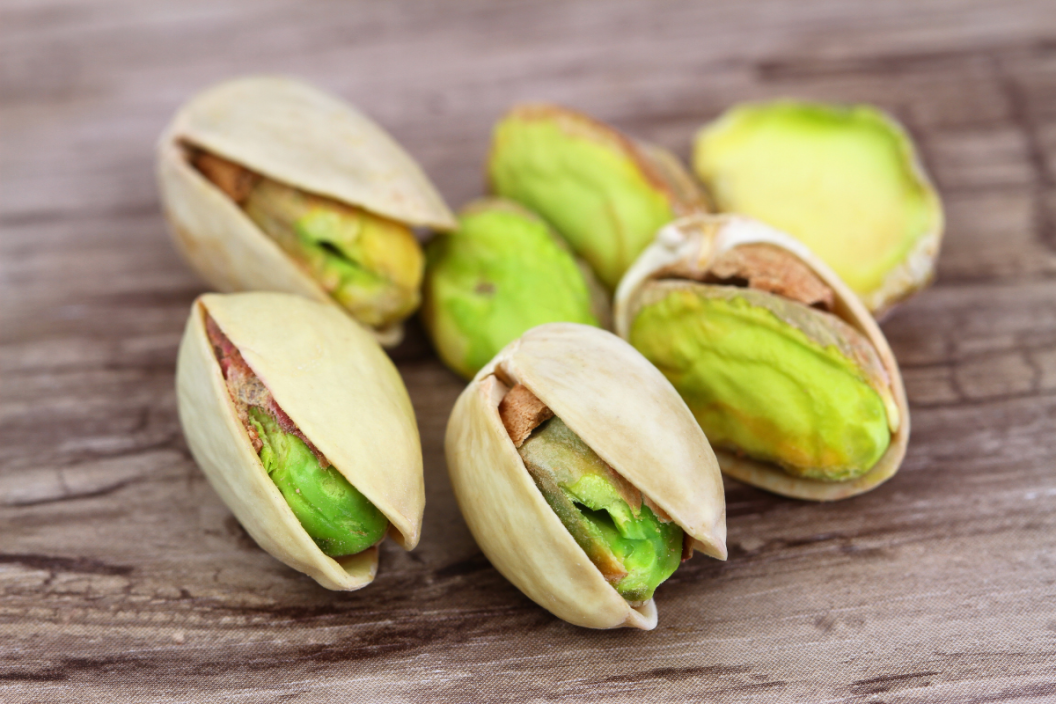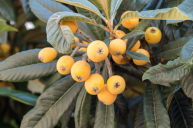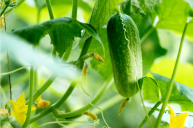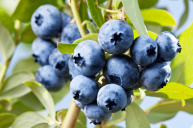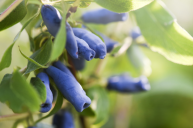In China, the pistachio is nicknamed "the happy nut " and in Iran, they call it "the smiling nut." Pistachios, along with walnuts and almonds, are the only nuts to be mentioned by name in the Bible. That's high praise. Crushed and crusted on fish and chicken, turned into amazing desserts, or just eaten out of the bag, there's no doubt pistachios are delicious. But why are they so expensive? Before we can answer that, we need to ask ourselves, how do pistachios grow?
Videos by Wide Open Country
Originating in Central Asia and the exotic Middle East countries of Turkey, Syria, Iran, Afghanistan, and Iraq, these nut trees need a specific climate and lots of space. Once only imported from these far away countries, now we can gobble up this healthy snack grown on Arizona, New Mexico, and California pistachio trees.
How to Plant Pistachio Trees
Pistacia vera (aka the pistachio tree) is a non self-pollinating fruit tree. So there are female pistachio trees and male trees that produce flowers of their respective sex. To produce pistachio nuts, you will actually need at least two trees. A female tree with female flowers planted near a male tree with, you guessed it, male flowers.
Spring and summer winds are the key to a good pollination. Male flower pollen relies on that wind to blow over to the female flowers. The pollen from the male trees must have enough wind to blow from the over to the female tree's flowers. Fifty feet apart maximum seems to be a good distance for that male tree to fulfill its role as a much-needed pollinator.
Fun Fact! One male pistachio tree can pollinate up to 15 female trees. There are jokes to be made about that, of course, but this is a family-friendly publication.
One of the challenges of cultivating pistachio trees is that you won't know the sex of a tree until it's time to bear fruit, which happens 5-8 years after it's been planted. That's a long time to wait for a gender reveal. Adding to the cost of that bag of pistachios is that multiple trees are usually planted to better the odds of a good harvest. There's also the long wait of 15 years to get a full crop of what your tree produces. Cultivating pistachio trees is no get rich fast scheme, though being paid in pistachio seeds would be pretty delicious.
If you're not the gambling type, the only way to guarantee your tree's sex is to buy a grafted sapling that's already shown its gender.
Growing Conditions
Pistachio trees are recommended for USDA hardiness zone 7-11. They do best in full sun, spending the majority of their days in temperatures over 100 degrees F. Dry, desert weather with sandy loam soil that drains well is ideal, and they don't do well in high humidity areas. Sorry, Florida. Add one more thing to the pistachio tree's wish list: A few winter months where the temps are below 45 degrees F, to trigger a dormancy period, but stopping short before the ground actually freezes. This desert plant can't survive very cold winters. What a demanding nut.
Pistachio trees can grow up to 30 feet with their long taproots growing to almost the same length! A taproot is a thicker primary root that grows vertically while other smaller roots grow off of it horizontally. So space is important for healthy pistachio trees.
Can I Grow A Pistachio Tree On My Window Sill?
Yes, but don't get too attached to your new roommate. For best results, start your tree from the rootstock, but transfer it to the right type of soil and climate conditions so that the taproot can do its thing. The taproot needs lots of room to root and branch out properly.
Water
No soggy nuts. I mean, pistachio nuts don't like much moisture. Slow, infrequent watering that soaks the soil especially in the hot summer is what will make your pistachio tree grow. Just remember, NO soggy nuts.
Harvesting
Once you've waited patiently (at least five years) for those pistachio nuts to appear on your tree, what is the process to get them down and and into your mouth?
When pistachio nuts are ready for harvesting, the outside (the hull) will turn pinkish-yellow and the inner husk starts to separate from the outer husk. Once this occurs, simply rap the branches to dislodge the nuts and collect your bounty. Once you see that happening, it's time to shale that tree! Seriously, lay a tarp under the tree and start shaking the branches.
Pruning
The Pistacia Vera is technically a fruit tree and pistachios are really drupes (aka stone fruit) which is defined as a single seed fruit surrounded by flesh. The pistachio is part of the cashew family. That's a family reunion I'd love to go to!
Pistachio growers should prune their trees mid-summer to get the most fruit. Like most plants, pruning encourages new stronger growth all year round. To encourage a long growing season in your pistachio orchard, prune your tree two to three times a year.
